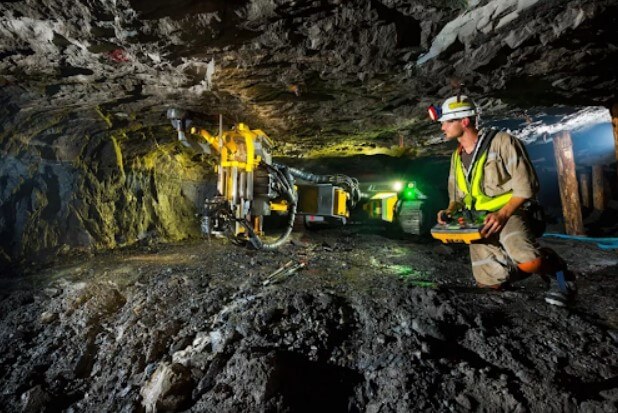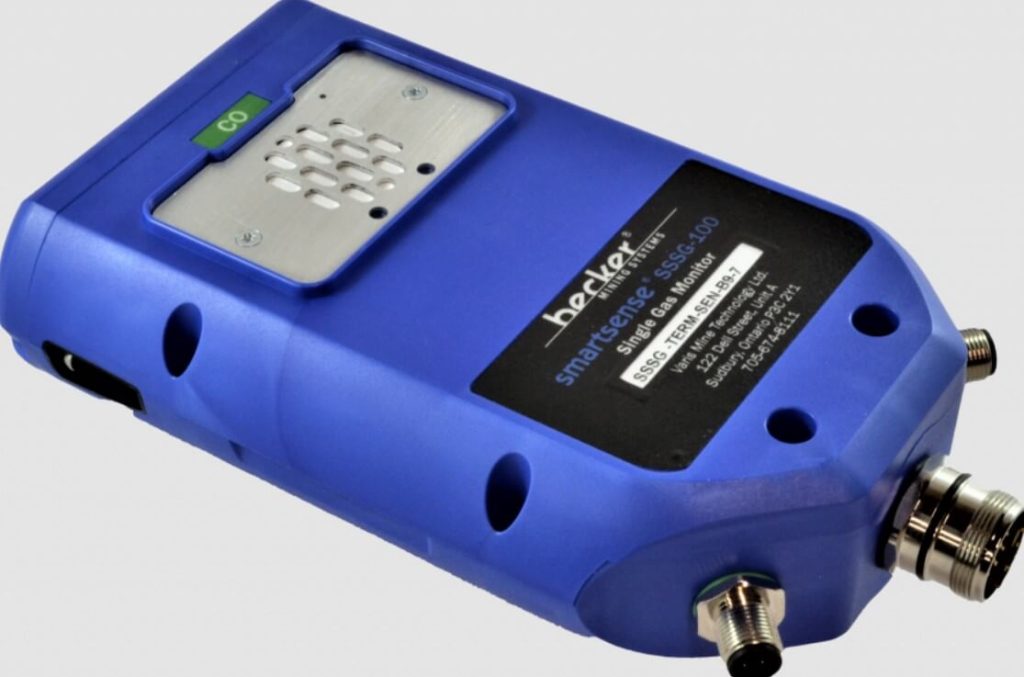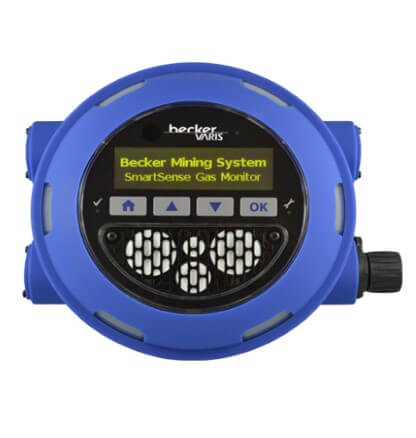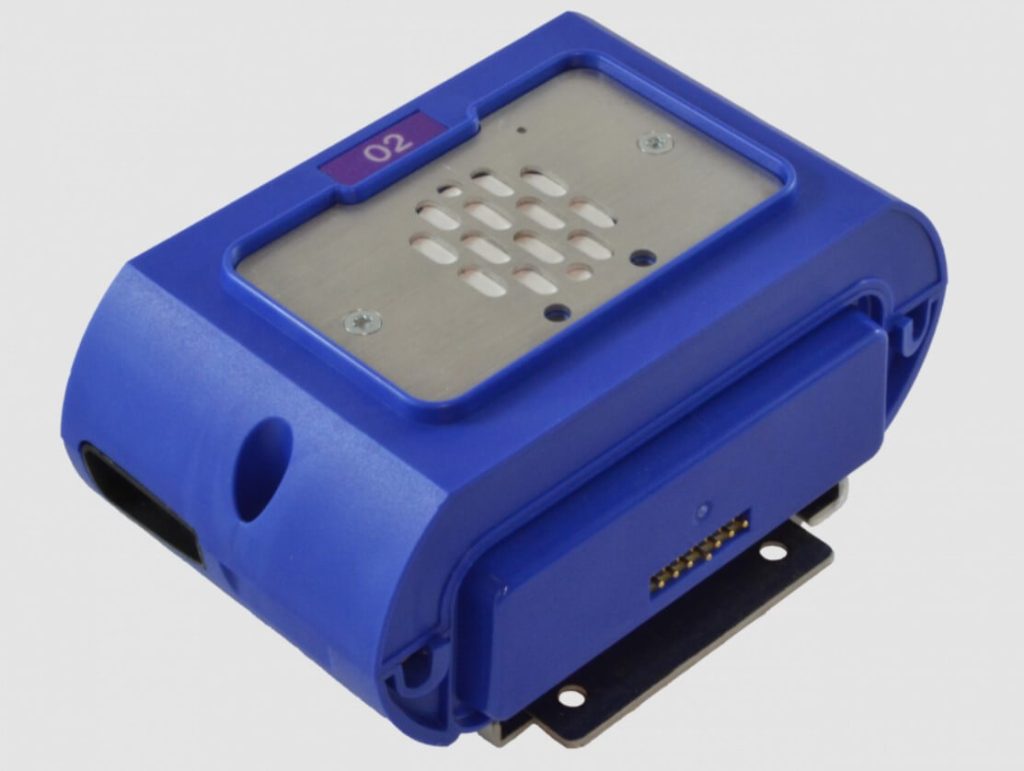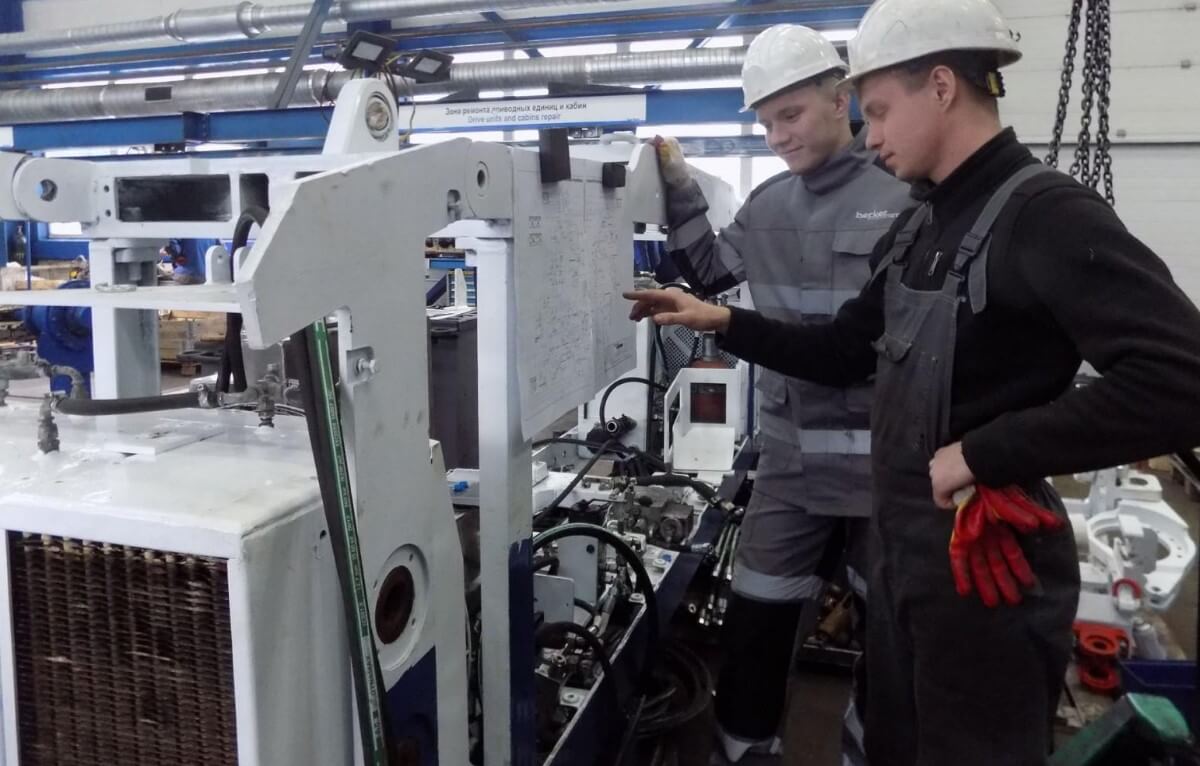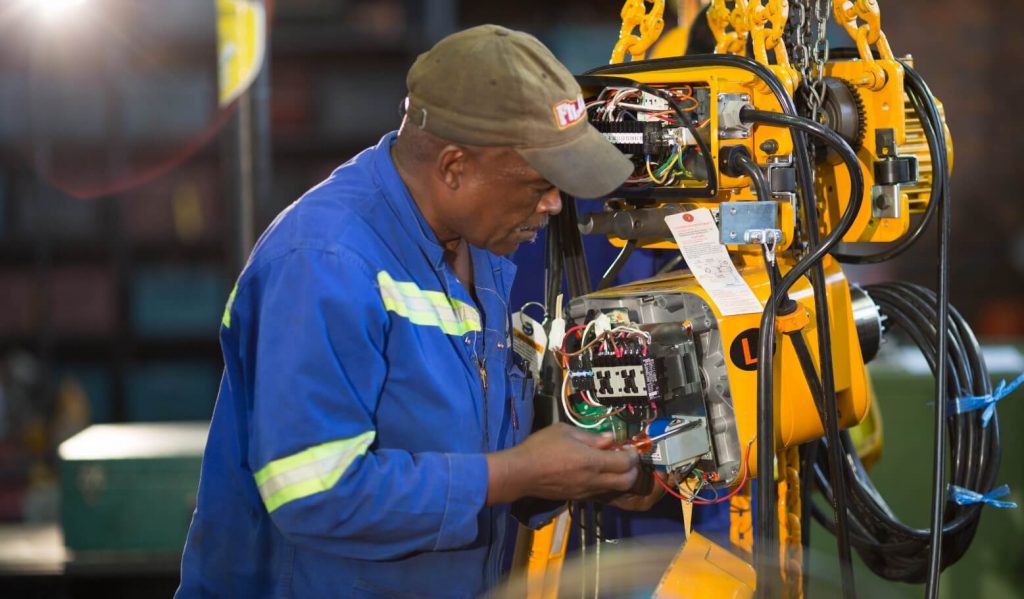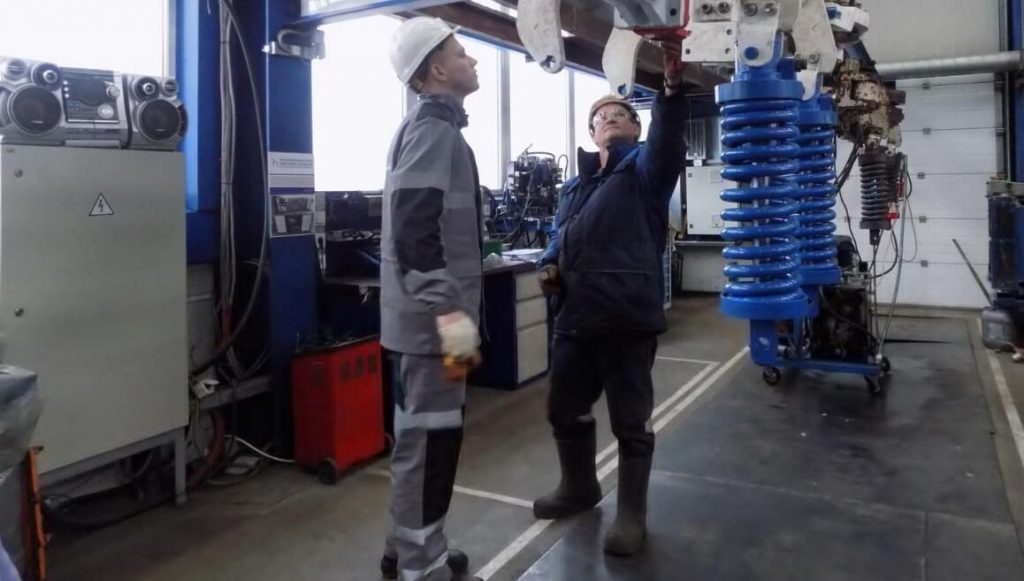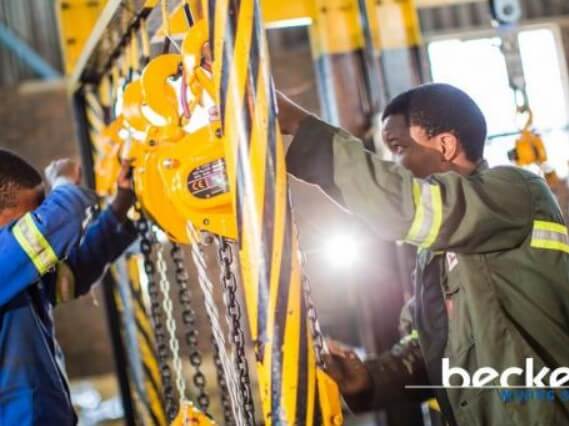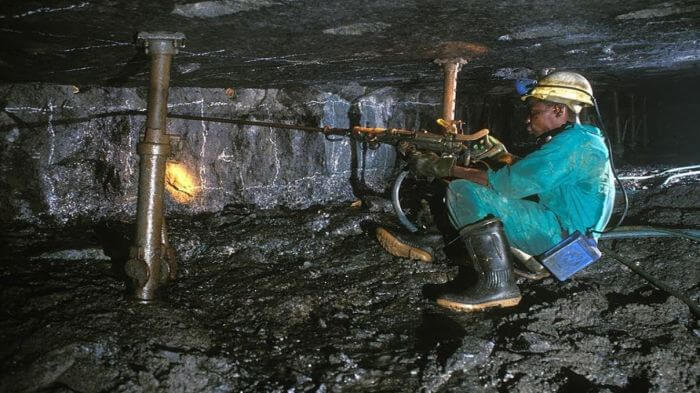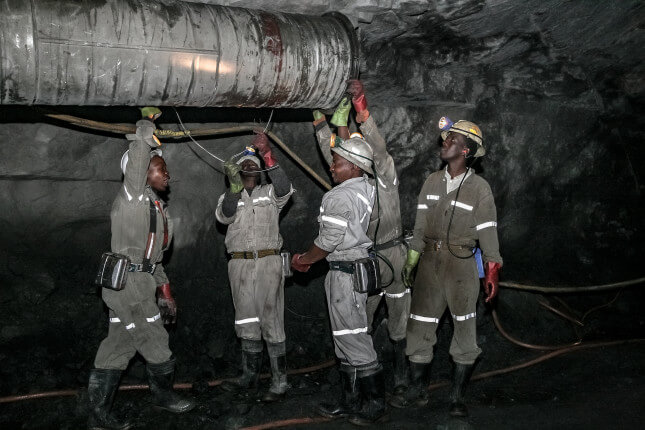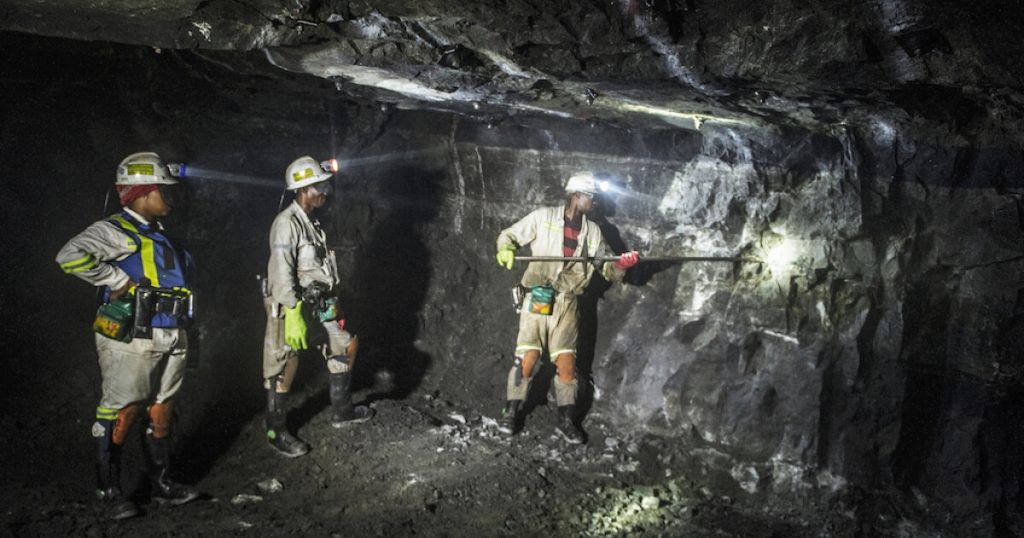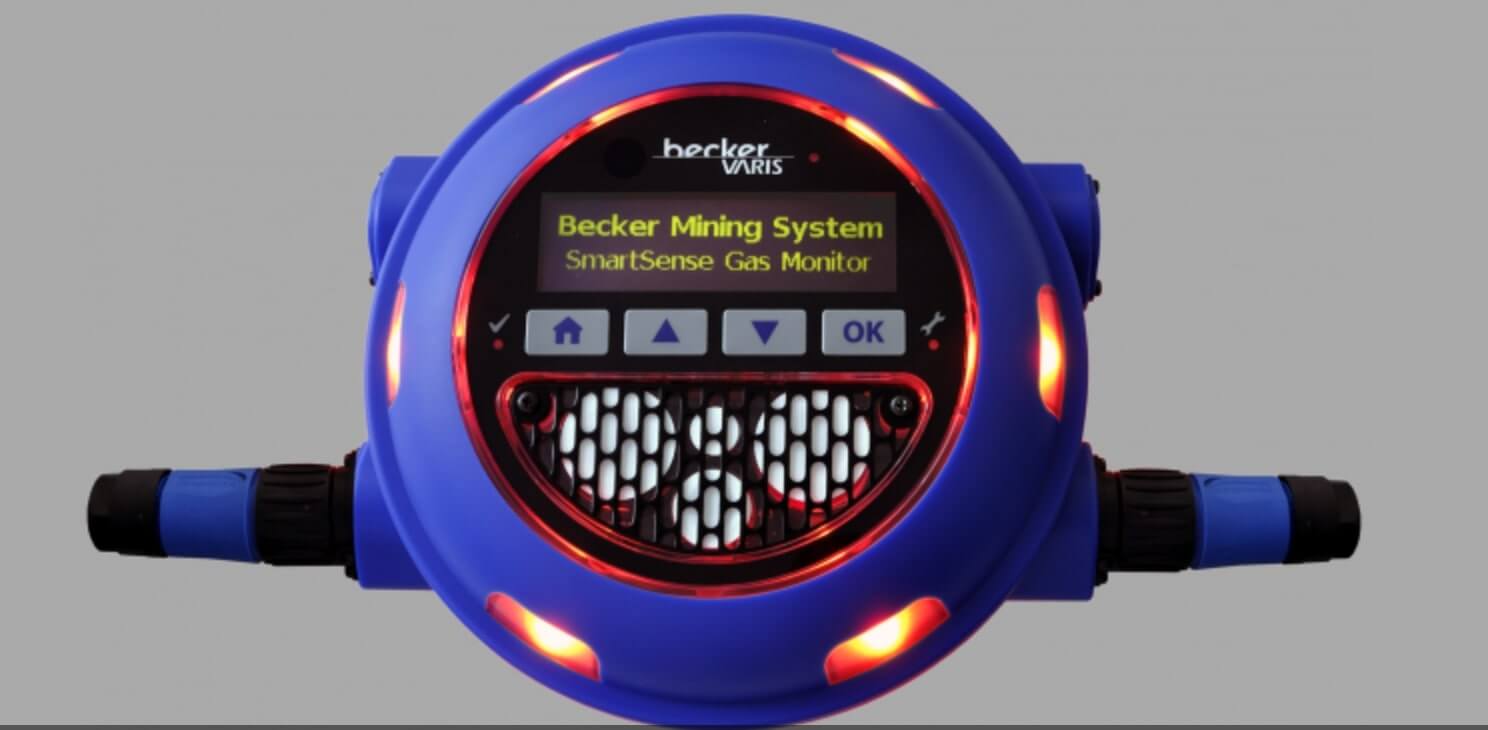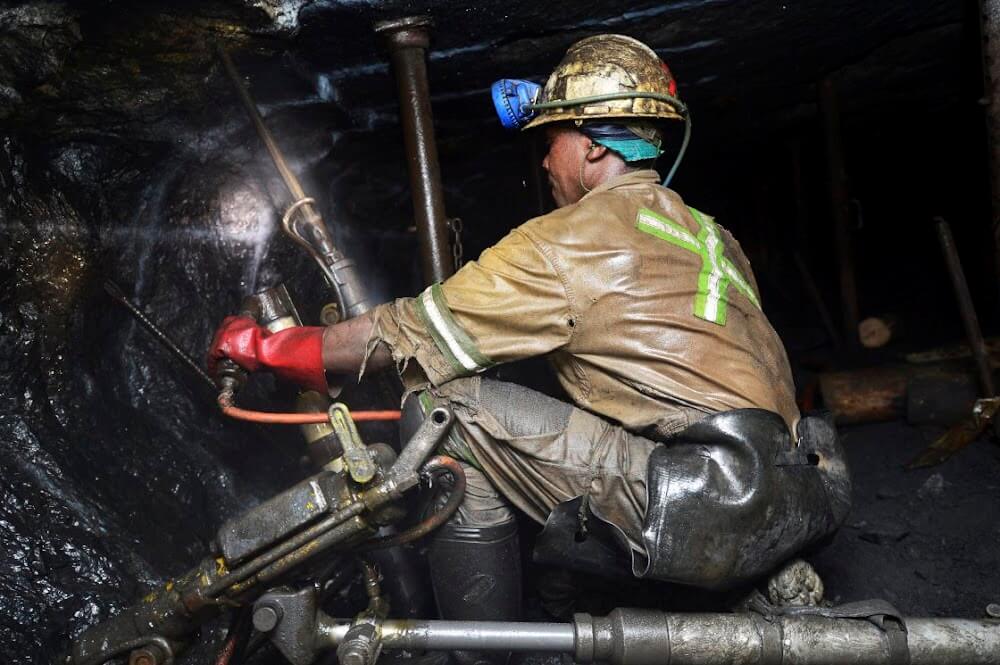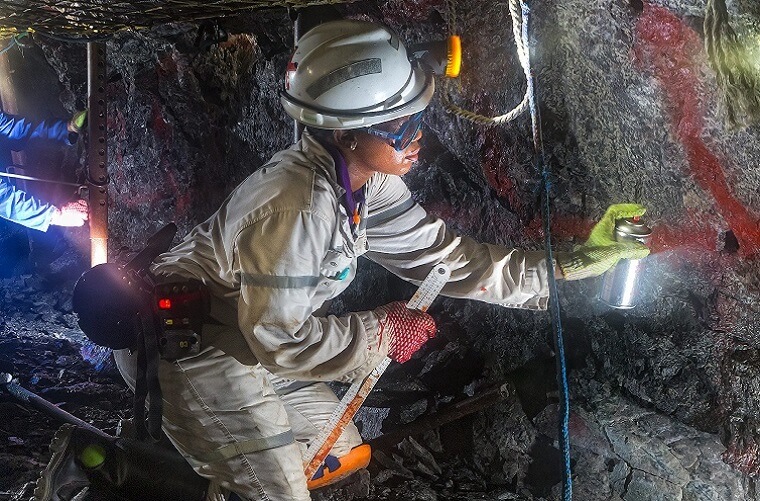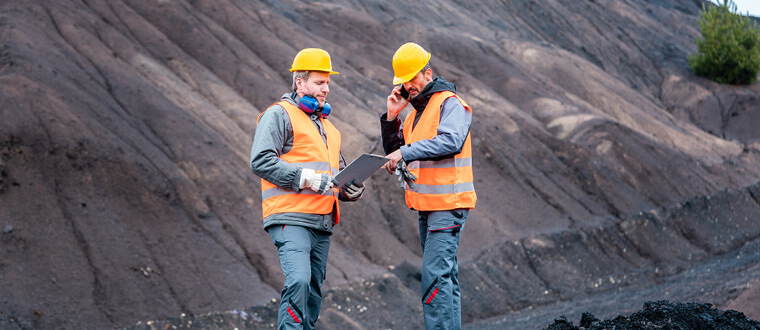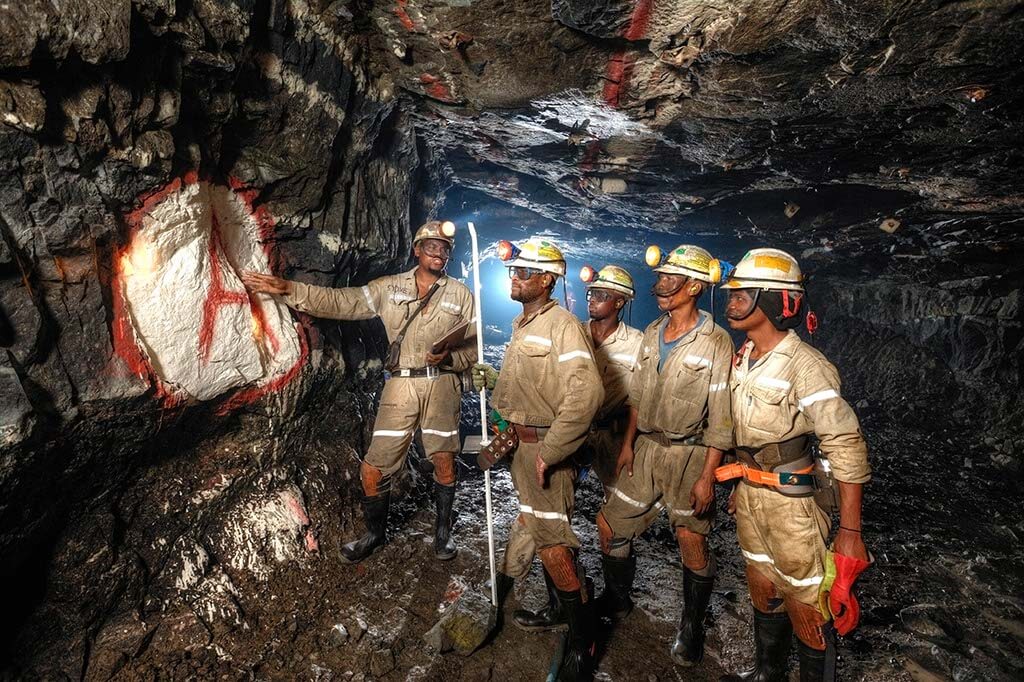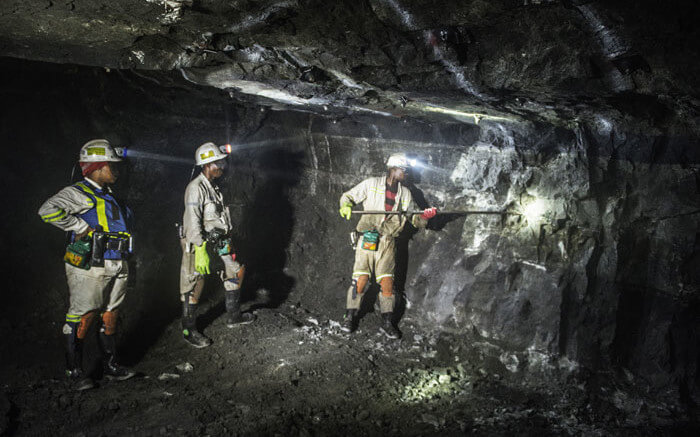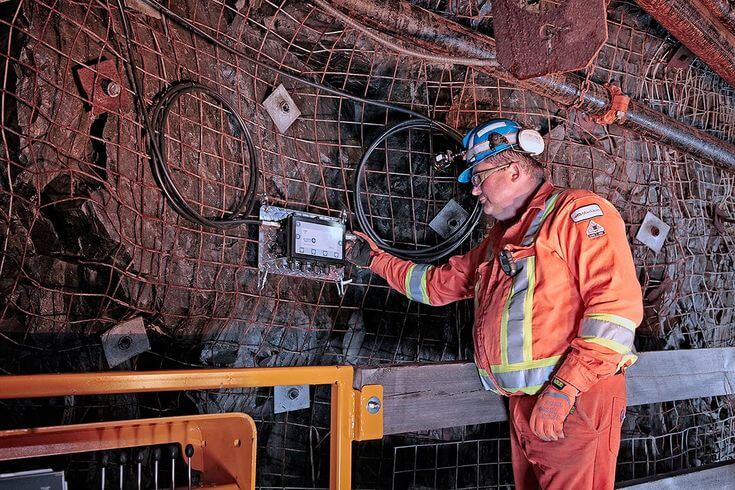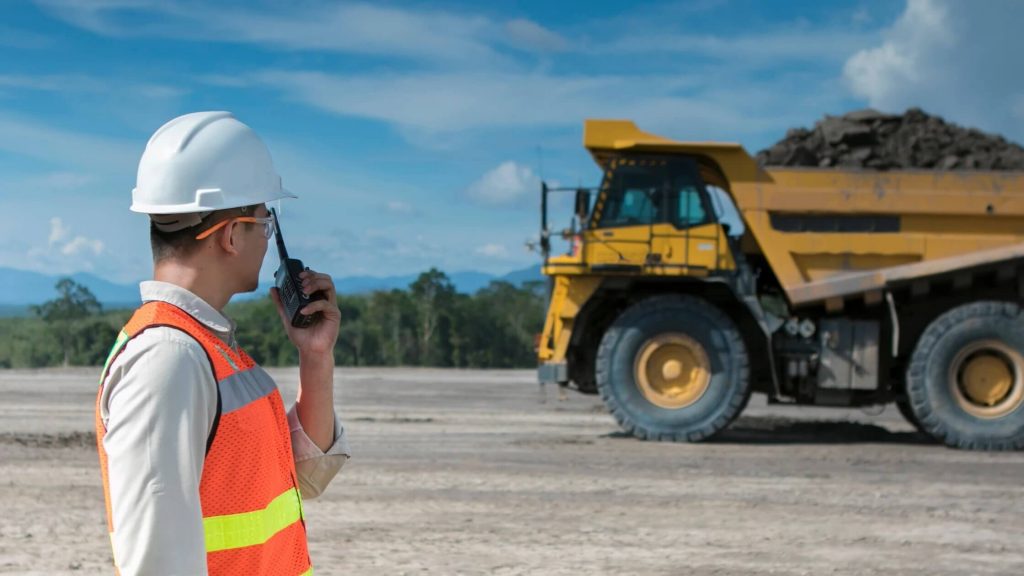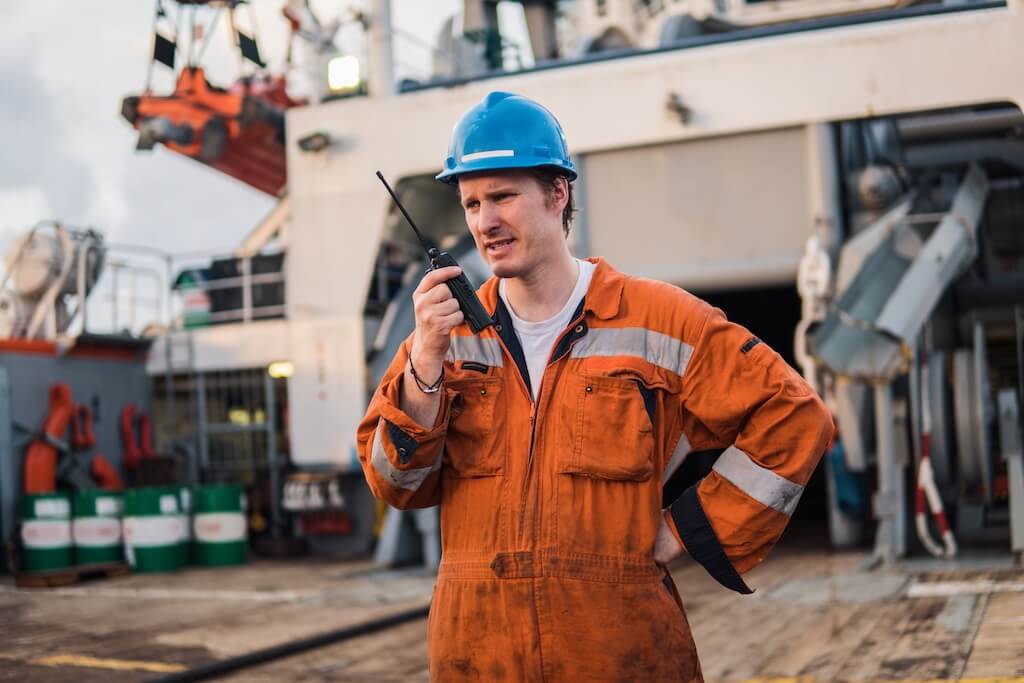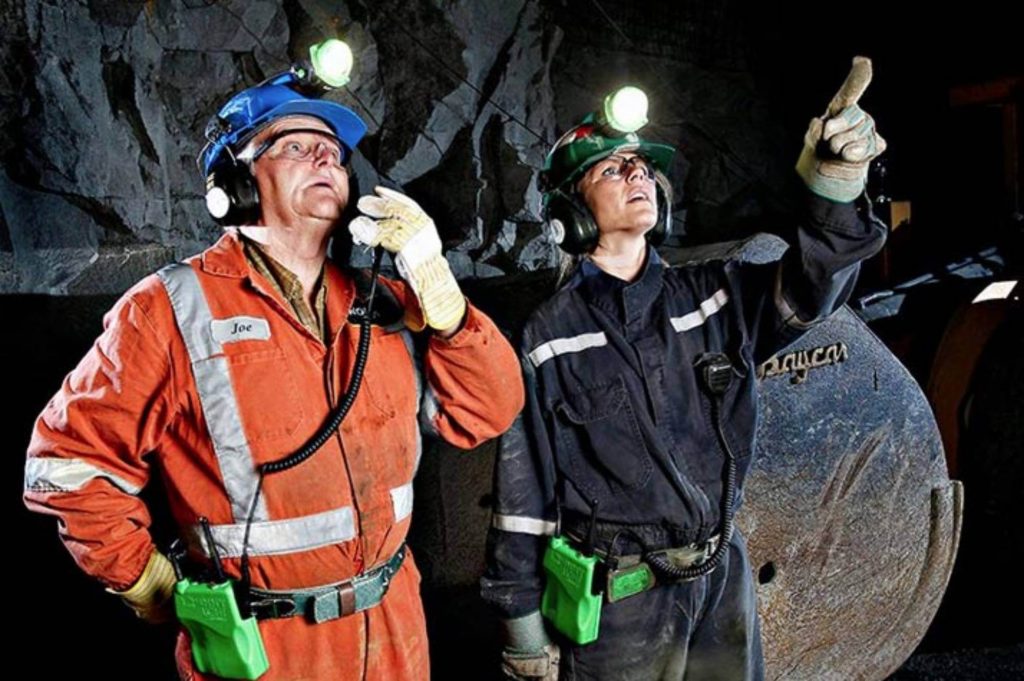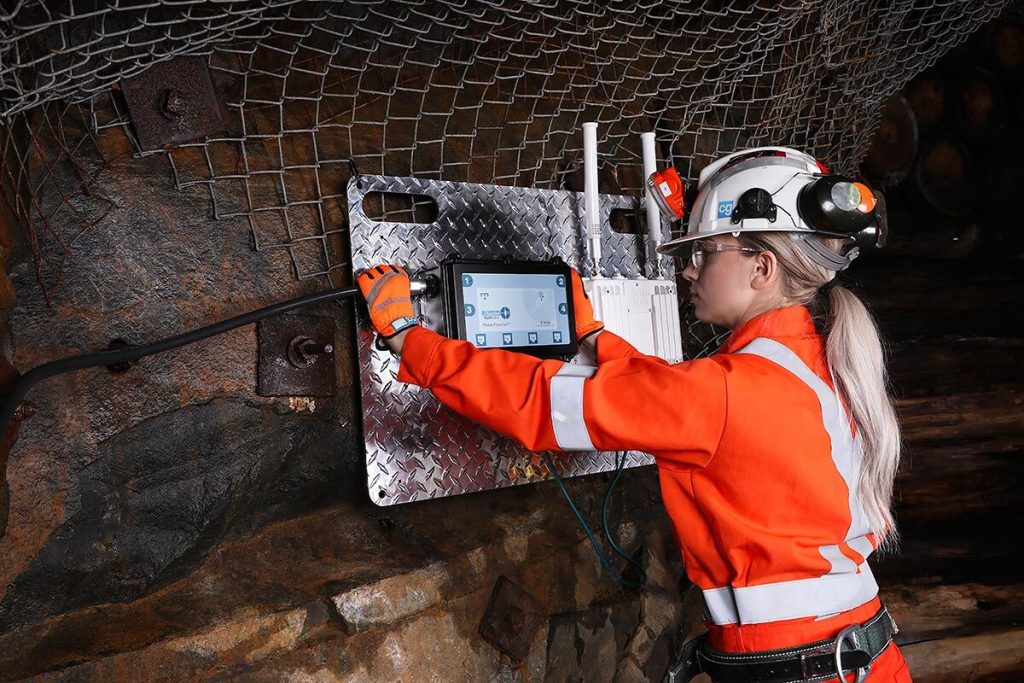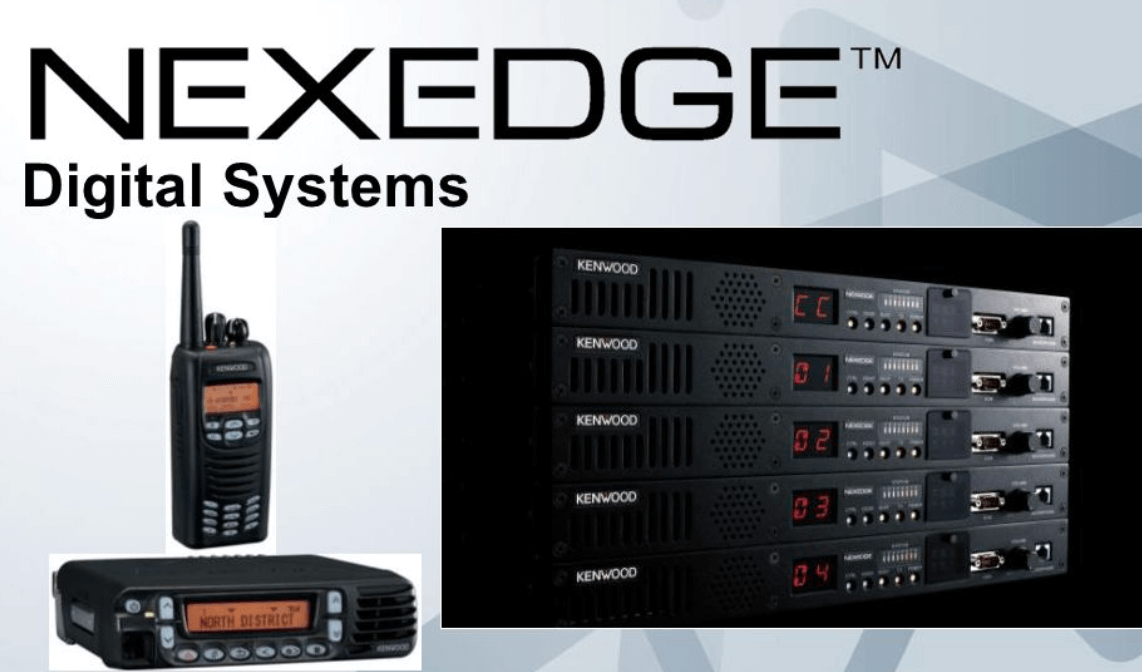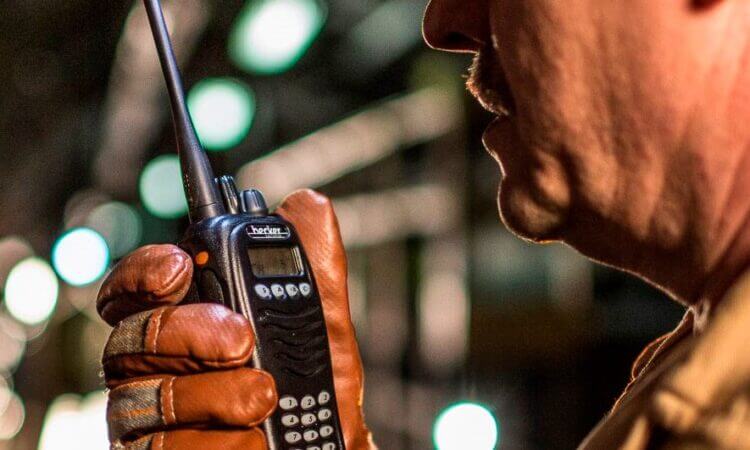In today’s era of rapid technological advancements, traditional industries are embracing modern technologies such as the Internet of Things (IoT), machine learning (ML), and artificial intelligence (AI) to stay competitive and enhance their operations. This article explores how Becker Wholesale Mine Supply, a leading company in this space, is leveraging these technologies to promote industrial IoT and revolutionize traditional working cultures thru digital transformation.
Becker’s Innovative Approach
Becker Wholesale Mine Supply boasts a team of IoT enthusiasts dedicated to providing a comprehensive solution for industrialists across various sectors, including mining, oil & gas, water and transportation. The company offers a standardized IoT solution that transforms factory premises into smart, gadget-operated structures. This system relies on interconnected devices capturing asset information and converting it into a user-friendly format for better analysis.
Key Features of Becker’s IoT Solution
The IoT solution from Becker Wholesale Mine Supply enables real-time control, smart data management, effective production visibility, predictive maintenance, and improved infrastructure. By automating assets through intelligent monitoring using sensors, gateways, and connectable dashboards, industrialists can achieve accurate results and significant business growth.
Driving Growth with IoT Technologies
The demand for a data-driven world is rapidly increasing, leading to the development of reliable and robust technological services. IoT technologies are pivotal in enabling users to easily track, monitor, and manage their assets, ensuring uninterrupted workflow. Becker’s IoT solutions facilitate smart data management with a secure deployment of the entire architecture within industrial premises.
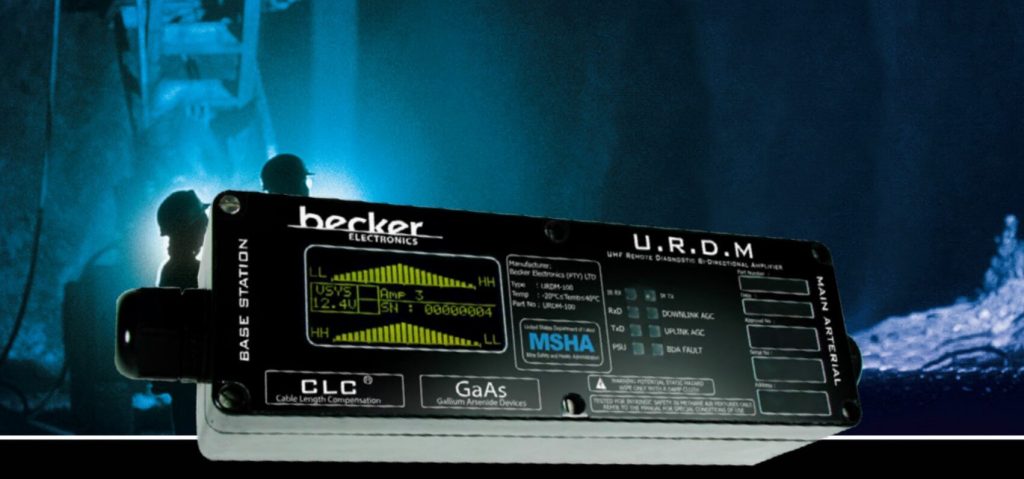
GET IN TOUCH
In a hurry? Call us at +1-724-515-4993
Enhancing Asset Health and Production Visibility
Modern technologies introduced by Becker Wholesale Mine Supply are improving the health of assets through actionable insights and enabling effective production visibility. The IoT solutions offer transparency within the system, encouraging profitability by providing end-to-end services to managers.
Predictive Maintenance for Increased Efficiency
IoT technology helps industrialists progress through accurate insights obtained from predictive maintenance. Sensor devices and gateway connectivity collect and evaluate data to optimize industrial maintenance processes. This proactive approach allows managers to predict maintenance requirements by tracking assets’ status, proficiency, real-time performance, and health.
Infrastructure Upgrades for Automation
Becker Wholesale Mine Supply designs solutions that prioritize industrial infrastructure, upgrading existing assets’ functioning through sensor-based systems. As technology continues to revolutionize industries, managers can simplify tasks and operations, seeking modern techniques for automation within the industries to meet demand and supply requirements.
Scalability and Flexibility
Modern technologies provide immense scalability to businesses, offering flexibility in resource consumption and cost savings. Becker’s solutions ensure end-to-end assurance, flexible installation, and profitable returns for businesses seeking to enhance their operations.
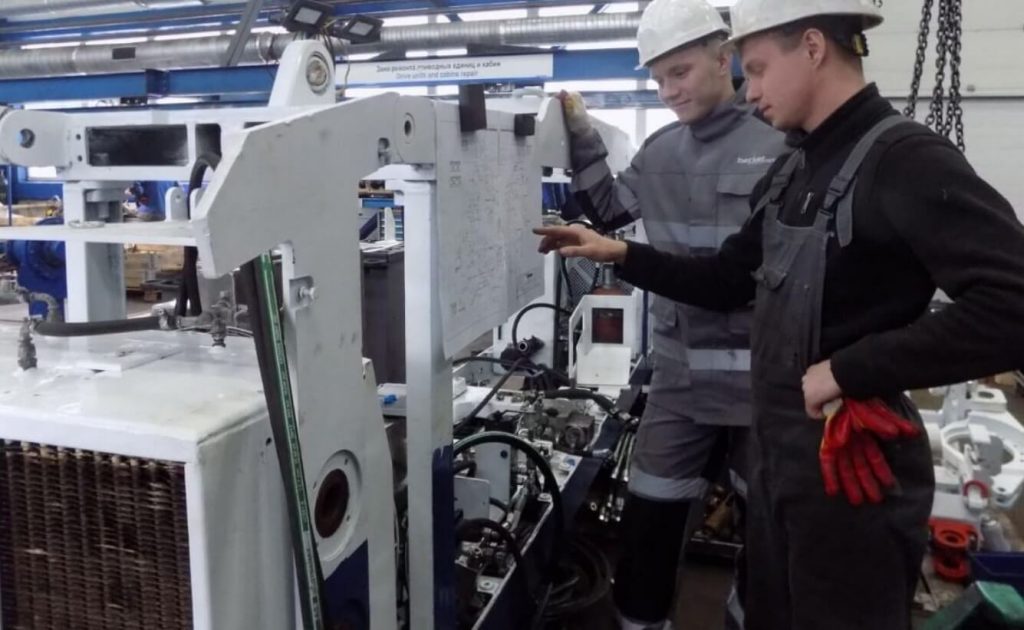
GET IN TOUCH
In a hurry? Call us at +1-724-515-4993
Conclusion: Leading Digital Transformation
Becker Wholesale Mine Supply is at the forefront of digitalizing traditional industries with its modern IoT solutions. By reducing costs, increasing ROI, achieving scalability, and providing real-time alerts for effective decision-making, the company empowers industries to improve productivity, efficiency, and competitiveness in the face of new challenges. Embracing these digital transformation is crucial for industries aiming to stay ahead in the ever-evolving landscape of modern business.
Products That We Offer
- VHF Leaky Feeder System
- UHF Leaky Feeder System
- SMARTSENSE®FIXED MONITOR
- RNG-500VHF Leaky Feeder Cable
- UHF Low Loss Leaky Feeder Cable
- Kenwood NX-203/303 Radios
Take control of your mining communication systems today! With Becker Wholesale Mine Supply, the leading manufacturer in the USA. Contact us now and revolutionize your mining communication systems!
GET IN TOUCH
Take the first step towards powering up your operations, call us at +1-724-515-4993
